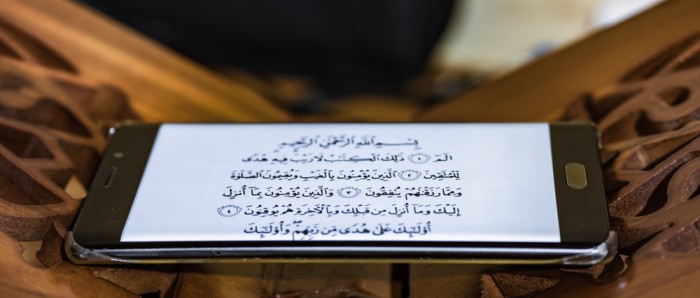Teaching Students with Different Learning Styles
Every student is talented in a different way. Students have different learning styles too. A student struggling with a certain learning style might excel with another one. The tutors must be vigilant to track the learning style of every student. The teachers must be able to identify the learning styles of students.
Of course, this can’t happen in a class of twenty or thirty students. A single teacher does not have time to look closely at the struggles of every student in their class. This is the major reason many talented students are left way behind in academics just because the teacher doesn’t understand their learning styles.
In the case of tutoring like that provided on our platform, students are taught through one-to-one interactive sessions.
Let’s discuss three different styles of learners and how to identify them:
Visual Learner Students
These learners rely on a visual learning style of communication. They would like to see every bit of information their selves.
It is the only way they can understand things. You can identify these students saying phrases like, would you show this to me, or can I see it myself?. These students need visual examinations to develop clear concepts of the course material.
Visual learners may be a bit slower in grasping concepts. Teachers might find these students a bit distracted in classes. This is due to the reasons that they need to visualize concepts before actually understanding them well.
You can help visual learners with their struggles in many ways. Some useful ways are:
- Teach students through graphical representations, diagrams, videos, photographs, and handouts, etc
- Highlight main points of course content for them so they can emphasize more on such lines
- Present course text in different sizes and styles so that students remain engaged in lessons
- It would be best if you avoided longer paragraphs of texts without any diagrams or photographs
- It would be best if you did not teach them at a faster pace as they need to visualize concepts
Auditory Learner Students
These learners depend more on vocals. They won’t grasp any material that can only be read or seen by the eyes. If you have course content well explained through photographs and diagrams, it won’t do any good to auditory learners. These learners can remember seventy percent of the course material if they hear it.
You can identify auditory learners when they say, “can you explain it to me?” tell me more about it, or can we talk more about these concepts.
Auditory learners are a lot more focused than visual ones. They can hear and process information for long periods without a single distraction. However, be ready to answer a lot of questions. Auditory learners will question a lot to understand everything about the information.
You can help these learners in many ways. Some of these are:
- Teach students in a noise-free environment and without distractions
- It would be best if you read the lessons to them instead of asking them to read by themselves
- You should engage with them by asking lot of questions
- Try making rhythms for words in the lessons
- Ask them to record their voices when they read lessons and hear these lectures
Kinesthetic Learner Students
These learners are the practical ones. They would ask to learn by practicing themselves. They need practice experience to learn things. Tutors would have to deliver the practical versions of very lessons they would be teaching to these students. You might try to teach them through many visual or auditory tools, but they would ask you the same thing; can I try it myself?
They rely on doing tasks practically to learn the different concepts. You can identify kinesthetic learners easily. They are often found tapping their feet or fidgeting while learning new concepts.
Ways you can support kinesthetic learners include:
- It would be best to encourage them to take their notes instead of reading & listening.
- You must be given frequent breaks to them so they can relax themselves
- You should use concrete items to teach them different concepts
Our tutors identify the specific learning style of the student in the first teaching sessions. We design our courses with the pace and learning styles of students. Our specifically tailored course material helps every student to understand every aspect of the tough subjects.

